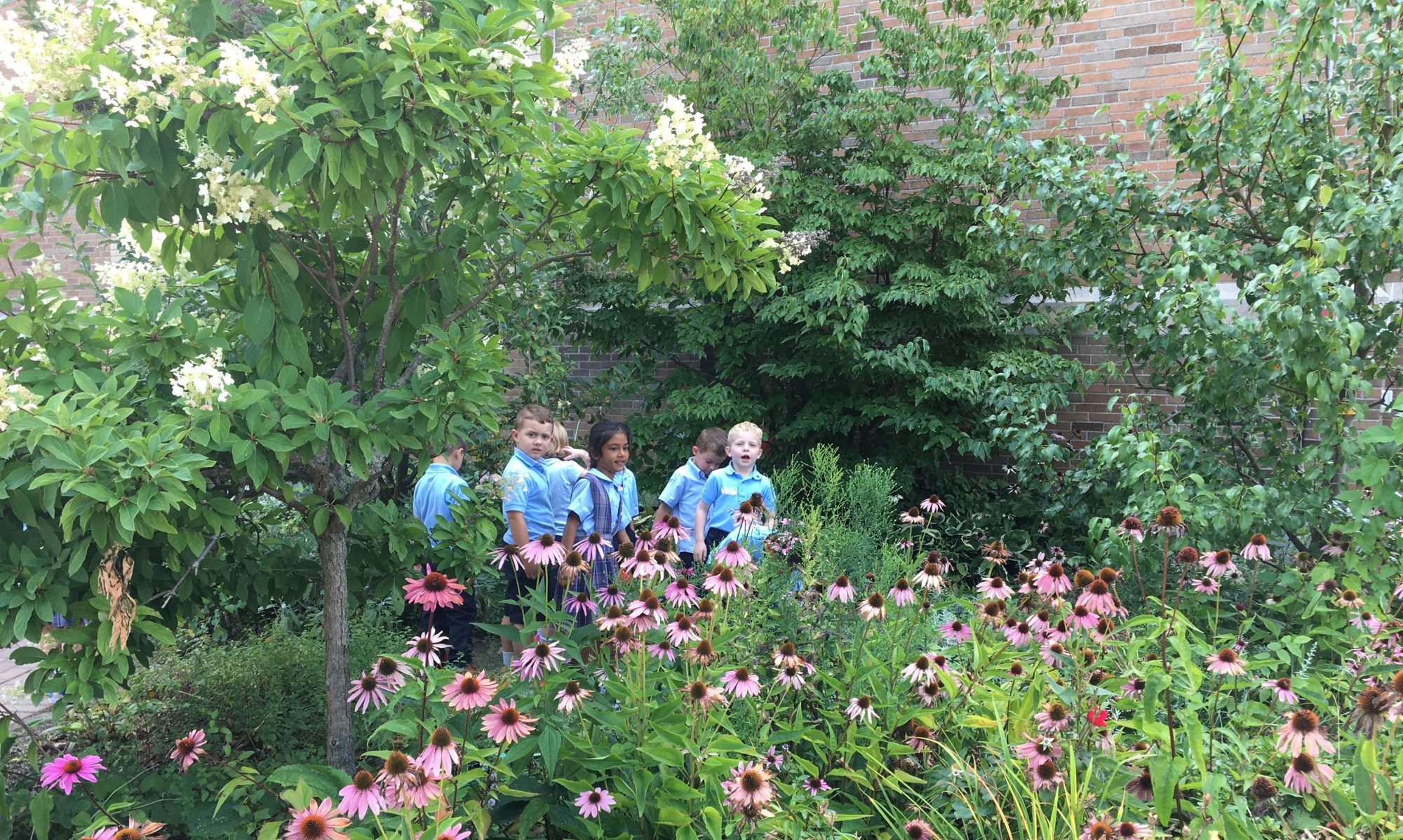It’s so important that children have opportunities to learn first-hand about the astonishing complexity and vitality of healthy soil – and its multitude of inhabitants!
Here’s a printable activity page about some of these living beings of the soil. It supports visual and auditory identification of there creatures, and it’s suitable for coloring, connecting names with appearances, and (for older children) even writing out identifications. It provides the names and images of a few prominent creatures from the underground realm.

That said, we must acknowledge that this guide is probably best used after youngsters have had the fun of actually encountering the creatures. Indeed, youngsters need occasions to dig!
Part of the joy of gardening is using the trowel to discover new worlds of strange and surprising little beings: most rather small and shy, and except for the centipede and mole, incapable of nipping; all of them amazingly busy with their own lives. Out in the garden, young people can begin to learn about these fellow travelers on earth’s thin but life-giving skin – the soil: how they survive, what they’re doing, and how they interact with one another. The garden is also a context for students to learn how they themselves can interact kindly with these creatures in a responsible and minimally invasive way! Older children can further consider the specific roles that these beings play in the great processes of material recycling, energy flows (food webs), seed dispersal, and assorted symbioses, etc.
The USDA Natural Resources Conservation Service has an outstanding USDA NRCS Soil Biology Primer that provides in depth background for teachers and advanced students. Unfortunately, this online resource link is currently not functioning! (I tried accessing it on June 27/23.) Only by purchasing the $18.00 print copy are teachers able to obtain this previously free public resource. (The link for purchasing the publication still works!) Here’s a second resource from Oregon State University which offers a concise and somewhat helpful description of certain key soil citizens and their activities. A one page resource such as this – detailing key soil creatures and their functions – can be read aloud (by older students) to their fellow classmates as folks color the “Soil Citizens” page and try to solve the puzzle of associating names with images. Here’s also a very short resource from the University of California Calaveras County Cooperative Extension Master Gardener Veda Scherer. This text considers how the creatures within soil communities interact. It also provides a nice explanation of how food growing practices can either benefit or harm the health of the vital living beings who comprise a healthy soil community -and thereby, the plants who provide us with food.
Finally, while the “Soil Citizens” page can be a helpful visual reference for younger students, I think it’s most effective for those in second grade and above. I’ve used the illustrations and vocabulary words to prepare classes for “digging expeditions,” or during debriefings after we’ve planted seeds or transplanted annuals or autumn bulbs. It can serve as a ‘field guide’ to accompany the turning of a compost pile. It can also provide visual support for verbal discussions about soil ecosystems. I’ve often employed this page in January when we were studying the red earthworms in our indoor composting wormery and I’ve shared it with students when we were busy observing the fascinating sowbugs / isopods who flourished so well in the big pots of blooming geraniums that we over-wintered in our classroom.
The following is an excellent example of a page that was completed by a 10-year-old.

Click here for the printable PDF: Soil Citizens NOFA-NH

